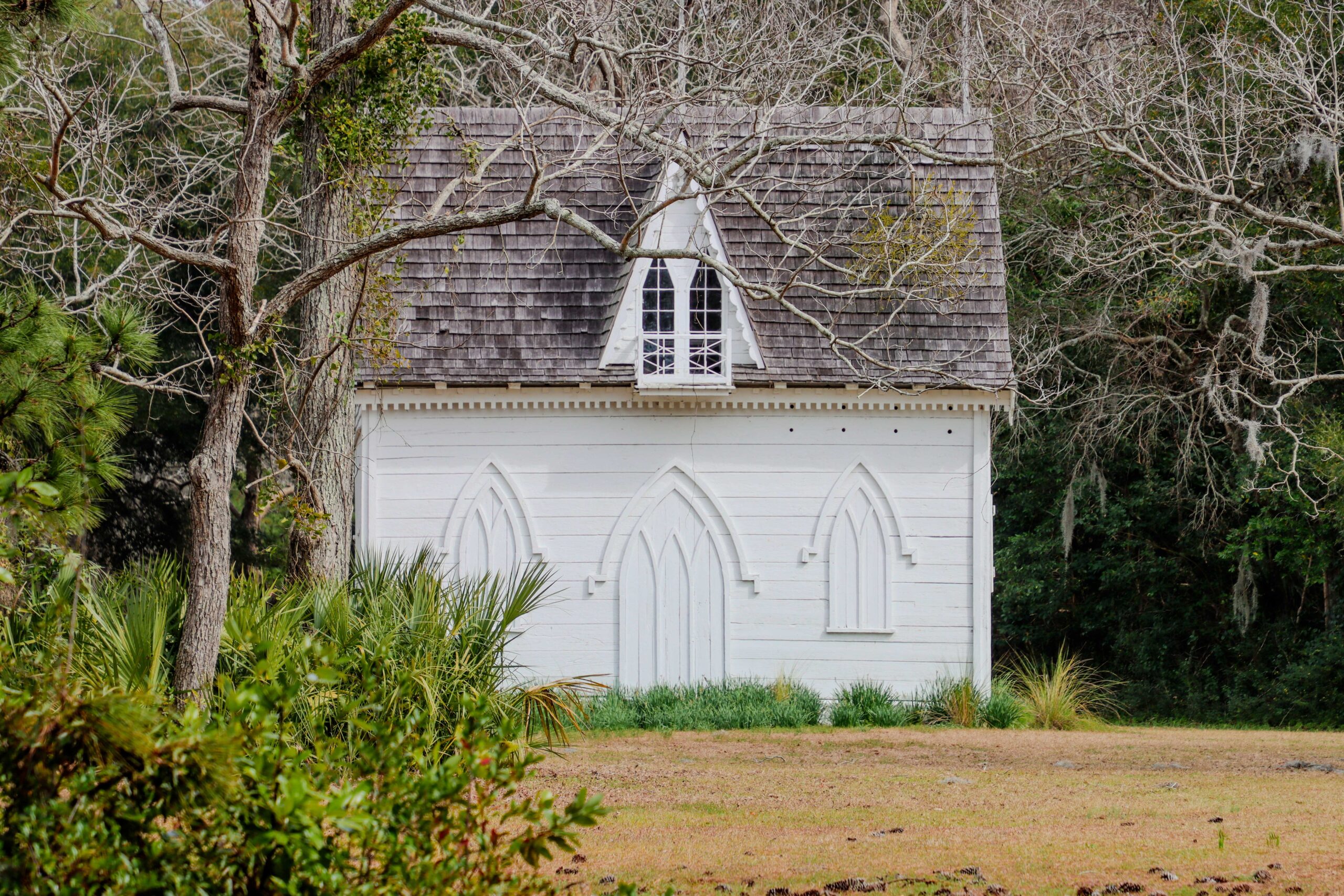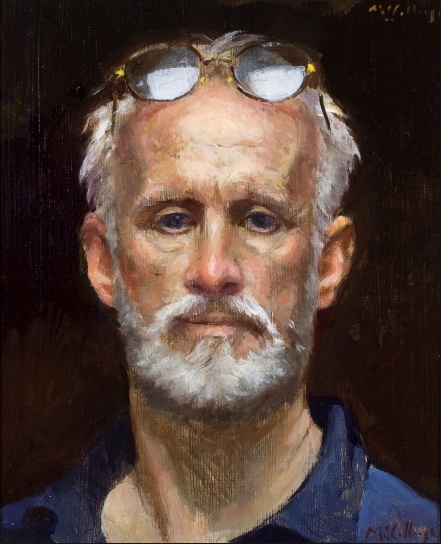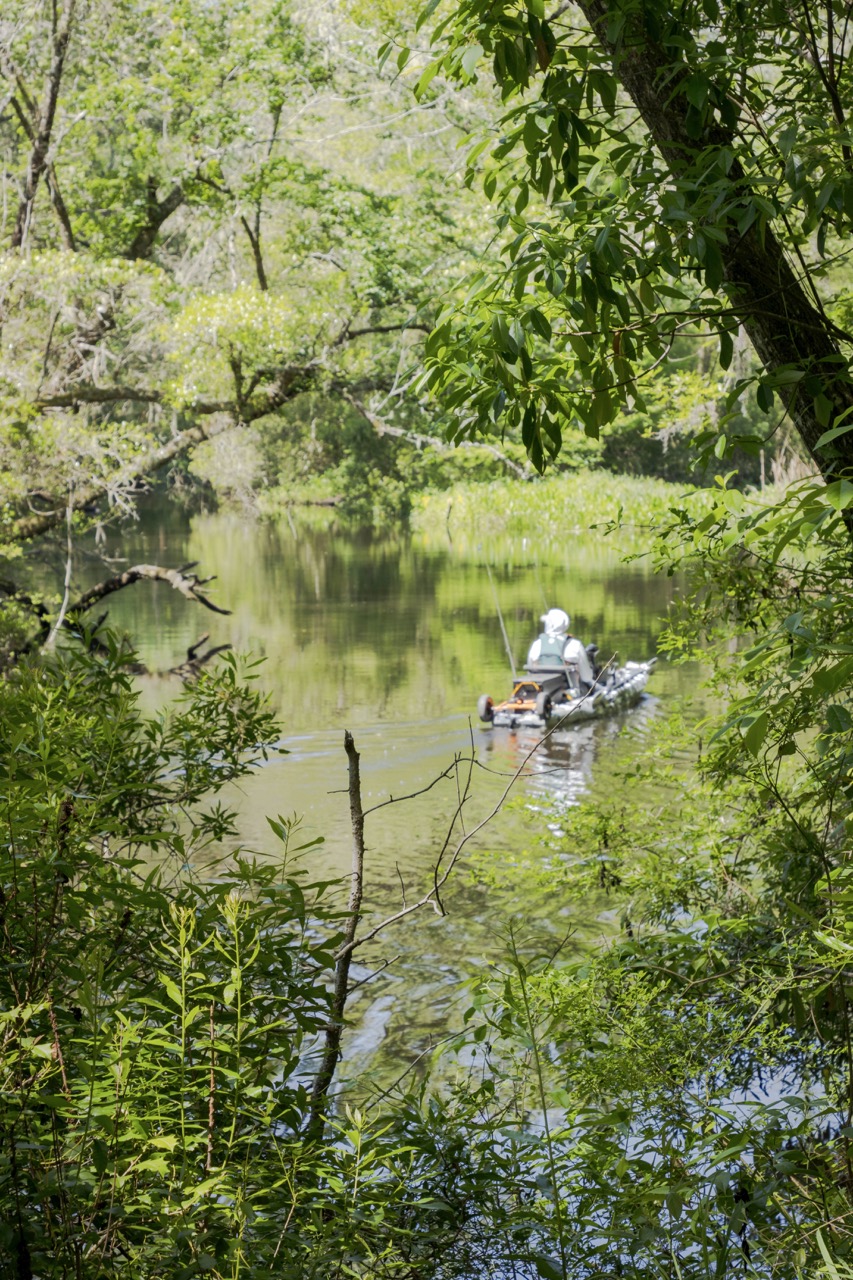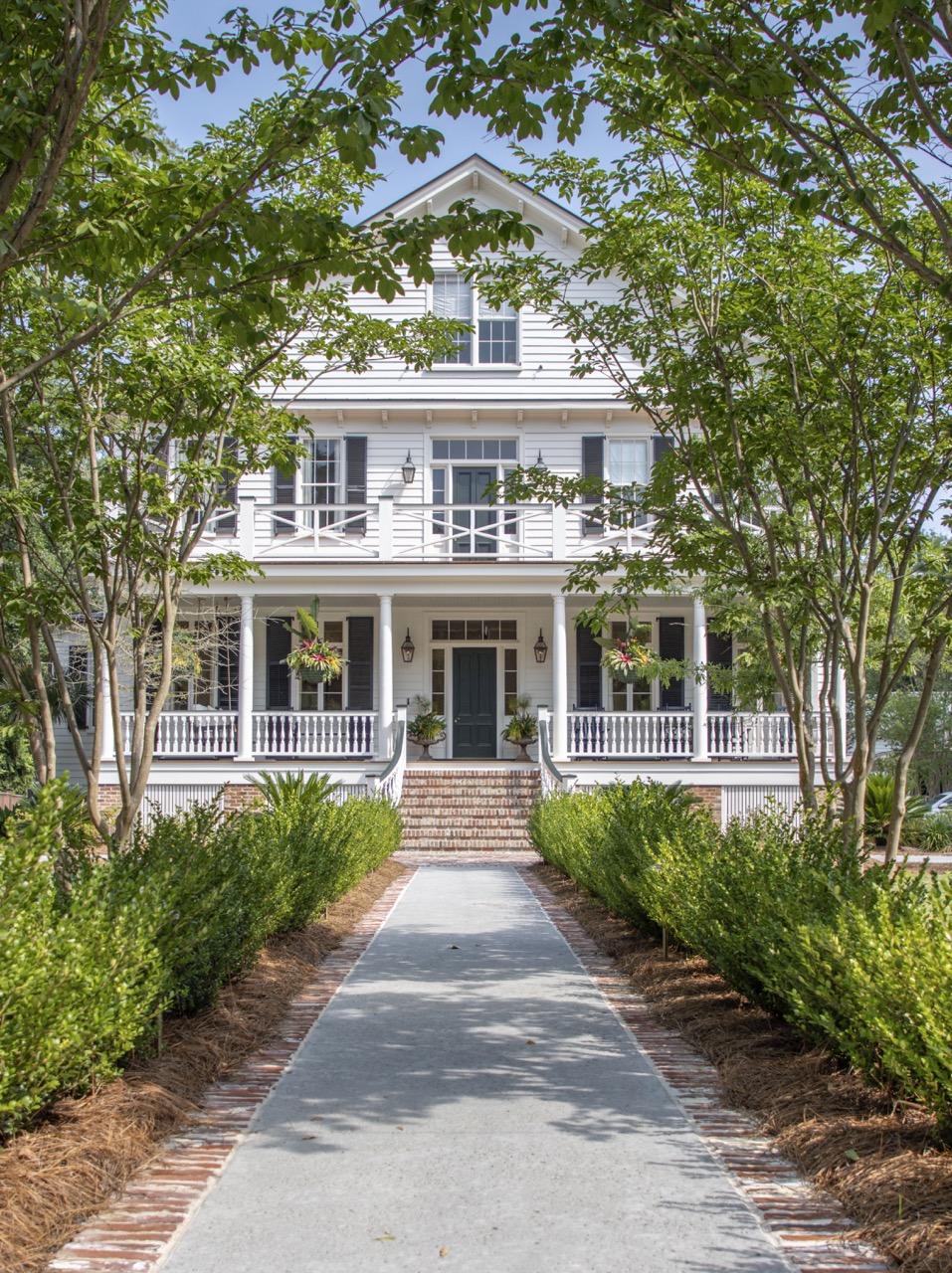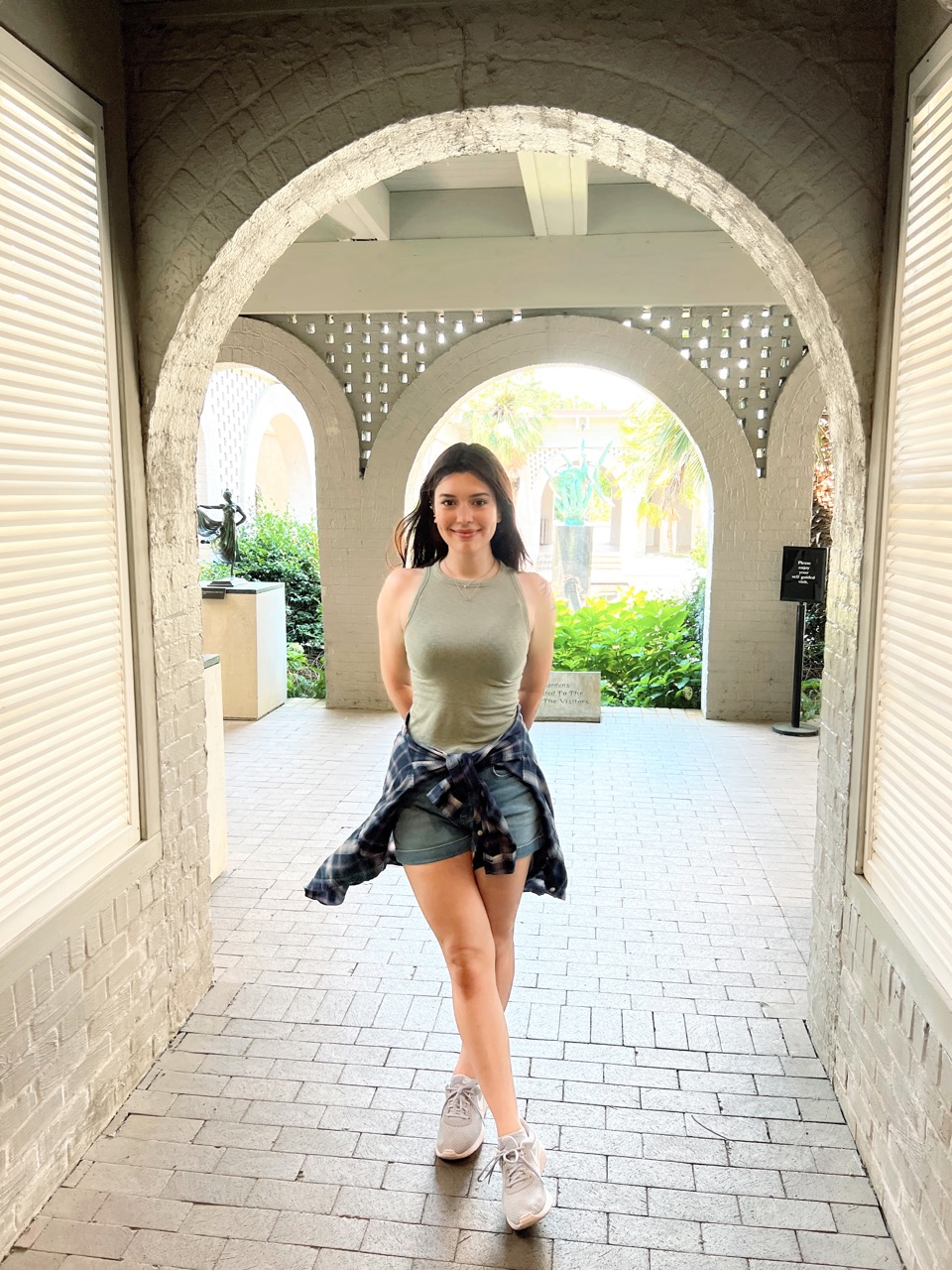Nestled within the captivating expanse of the Lowcountry, Edisto Island stands as a timeless sanctuary where nature and history intertwine.
by Jenna Lachenman
Photography by Bianka Lamb
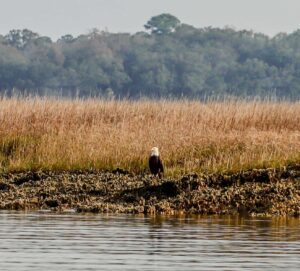
Living in the Lowcountry you are surrounded by a rich landscape of beautiful beaches, breathtaking waterways and a tapestry of natural wonders. Each place has its allure, personality, and stories rooted in the history of the Lowcountry. But among the myriad of enchanting locales, perhaps none stands as timeless and serene as Edisto Island.
A sea island, Edisto is situated approximately 45 miles south of Charleston and rests within the convergence of the Ashepoo, Combahee, and Edisto Rivers forming the Ace Basin as they journey to the Atlantic Ocean.
Whether approached by land or sea, the journey to Edisto unfolds as a tranquil passage. Embarking from my home in Summerville, SC, I eagerly anticipate the drive to Edisto, a route that has become a cherished ritual that always includes a stop at Kings Farm Market.
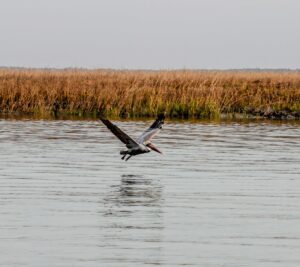
Along Highway 174, the road winds beneath a verdant canopy of ancient oaks, culminating in a crossing over the McKinley Washington Bridge, where vistas of expansive marshlands and native wildlife unfold. Edisto beckons not just a coastal destination but as a state of mind – an experience I fondly refer to as the “Edisto effect.”
Highway 174 ends at Edisto Beach where you are greeted by a sense of timelessness. Loved by families for generations, Edisto Beach remains only gently developed with a shoreline characterized by beach cottages and an absence of bustling hotels, and high-rises. There are no hotels on the island but there are a charming array of vacation rentals, boutique shops and eateries nestled in the beach community.
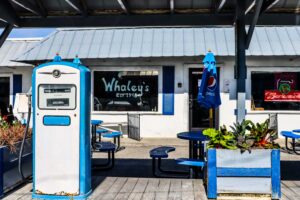
With miles of unspoiled shoreline stretching out before you, it’s easy to revel in just the simple joys of sun, sand, sea, and a margarita (or two) but Edisto’s allure extends beyond its pristine beaches.
Edisto is characterized by its diverse geography that offers boundless opportunities for adventure. The labyrinthine waterways of the ACE Basin are a great way to explore the area by boat, catching sight of the indigenous wildlife including herons, dolphins, and eagles. Edisto is laced with tidal creeks and preserved land for hiking and taking in nature, most notable is the renowned Botany Bay Plantation Heritage Preserve and Wildlife Management Area, a pristine sanctuary where ancient oaks stand as serene sentinels over windswept beaches and tidal marshes.
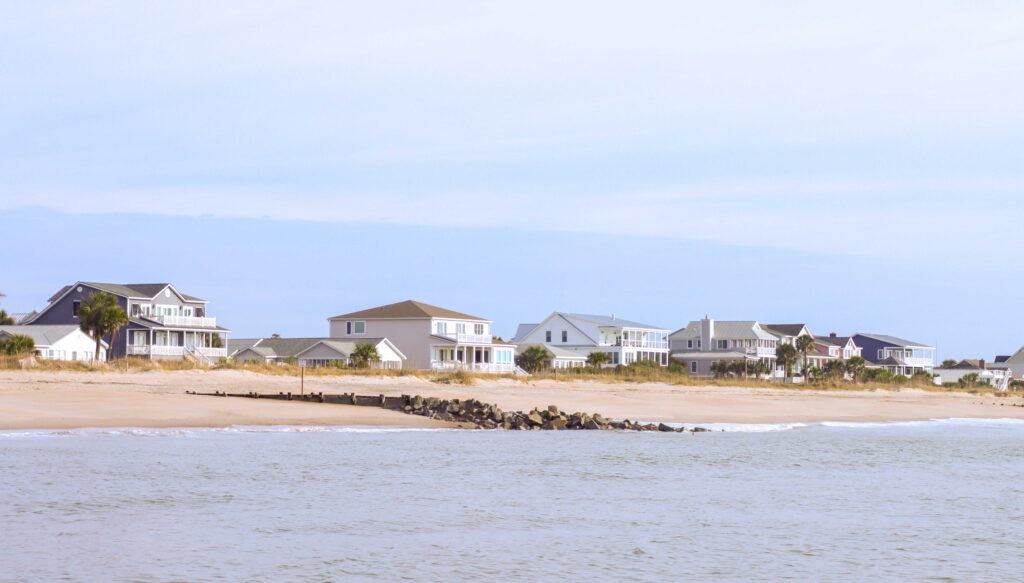
Beneath its scenic beauty lies a fascinating history, echoing through the whispers of the coastal winds. From its indigenous roots with the Edistow people to the plantation era and the legacy of Gullah/Geechee culture, Edisto’s past is as captivating as its present.
For those eager to delve deeper into the island’s heritage, the Edisto Museum is the best place to start to immerse yourself in the history and stories of the Island. This museum is an absolute gem where meticulously curated exhibits and knowledgeable and passionate staff illuminate the island’s storied past. Visitors of all ages can find something to pique their curiosity, from archaeological artifacts to a new and permanent exhibit, From Africa to Edisto Island: Gullah Geechee, that includes interactive elements.
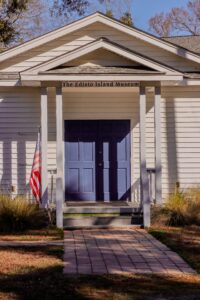
Beyond the museum, history comes to life through Edisto’s enduring landmarks, such as the historic Trinity Church, a cherished testament to centuries of tradition and faith. Trinity Church remains an active congregation and is known for their cook book, ‘Pon Top Edisto – Cookin’ Tweenst The Rivers, a regional winner of the Tabasco Community Cookbook awards.
As I reflect on Edisto’s timeless allure, I am reminded of its enduring legacy – a place where nature and history intertwine, inviting all who visit to embark on a journey of discovery and wonder that is, uniquely and ever Edisto. AM

